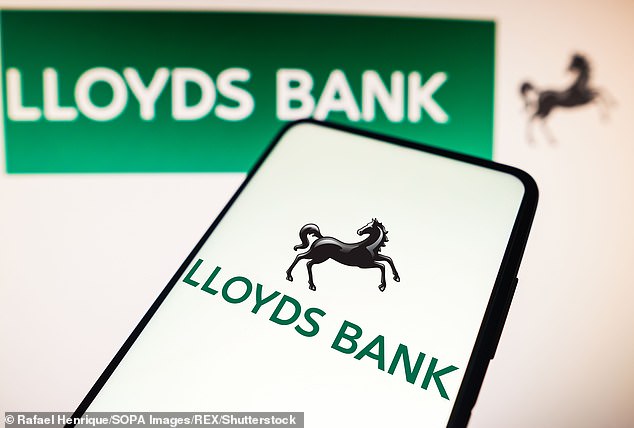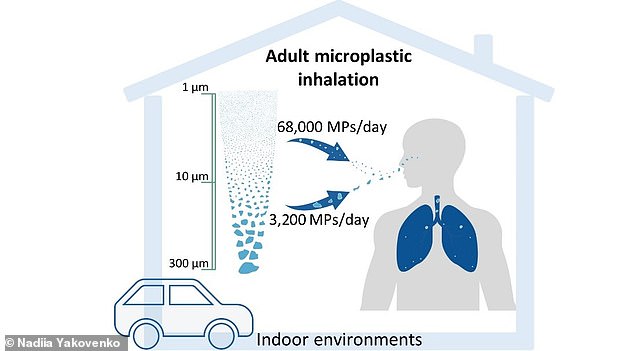Urgent Scam Alert: Spot Fraudulent QR Codes Draining U.S. Bank Accounts
Beware the QR Code Scam: How "Quishing" is Stealing Millions
A dangerous scam called “quishing”—QR code phishing—is surging across the U.S., tricking victims into scanning malicious codes that drain bank accounts or steal sensitive data. Cybersecurity experts warn these scams exploit the widespread use of QR codes in everyday life, from parking meters to restaurant menus.
How Quishing Works
QR codes, designed for quick access to websites or payment portals, are being hijacked by criminals. Fake codes, often printed on stickers, are placed over legitimate ones in high-traffic areas like parking meters, transit stations, or delivery packages. When scanned, they redirect users to fake websites that mimic trusted brands or install malware.

Fraudulent QR codes blend into everyday environments, making them hard to detect.
Dustin Brewer of BlueVoyant explains, “Attackers print their own QR codes and paste them over real ones. You’ll never know the difference.” Once scanned, victims may unknowingly share login credentials, credit card details, or grant hackers remote access to their devices.
Real-World Cases
- Miami Parking Meters: Officials removed 7,000 counterfeit QR codes earlier this year. Scammers replaced valid codes on meters, directing drivers to fake payment sites to steal credit card info.
- Fake Gift Packages: The FTC reported scams where victims received unsolicited packages with QR codes labeled “scan to see sender.” The codes led to phishing sites masquerading as delivery forms.
- Phishing Emails: Cisco identified emails with QR codes posing as two-factor authentication resets, tricking employees into surrendering company access.
Malwarebytes found 70% of iPhone users and 63% of Android users scan QR codes for purchases, highlighting the risk. Worse, some codes auto-install malware, letting hackers track activity, steal data, or hijack devices silently.
Red Flags to Spot Fake QR Codes
- Suspicious Placement: Codes on stickers, misaligned, or in unexpected locations (e.g., random packages).
- Mismatched Branding: Lack of logos, colors, or descriptions typical of legitimate businesses.
- Unsecure Links: Preview URLs before opening. Avoid sites without “https://” or with misspelled domains.
- Too-Good Offers: Requests for login resets, two-factor details, or “exclusive” deals are often traps.

Scammers often mimic trusted brands like Microsoft to trick users.
Protect Yourself
- Avoid Unknown Codes: Don’t scan codes from unsolicited emails, texts, or shady public spots.
- Verify Sources: Confirm codes at restaurants, meters, or flyers with staff or official apps.
- Use Security Apps: Install antivirus software to detect malicious links or malware.
With QR code payments projected to exceed $3 trillion by 2025, vigilance is critical. As SANS Institute’s Rob Lee warns, “QR codes weren’t built with security in mind. Their convenience makes them perfect for scams.”
Stay alert: Always double-check QR codes, even if they seem legitimate. Your bank account depends on it.
Images: Examples of quishing scams show how easily fake QR codes blend into daily life. Always inspect codes before scanning.


